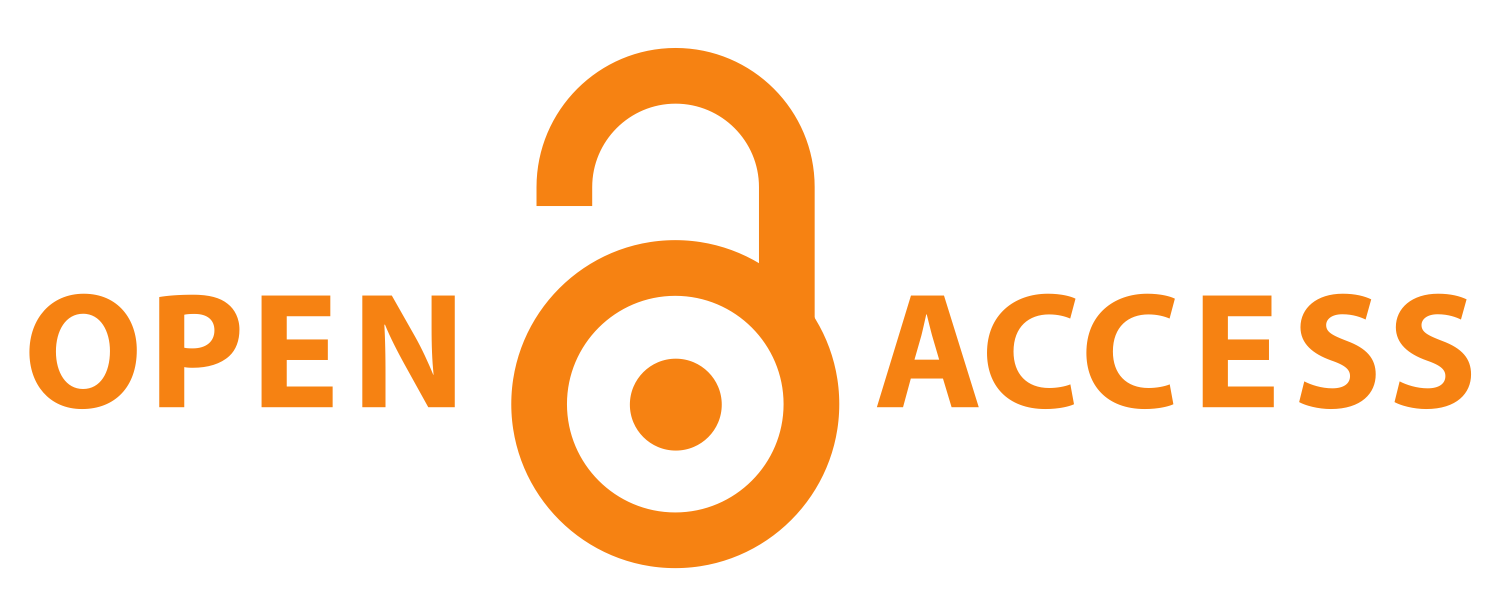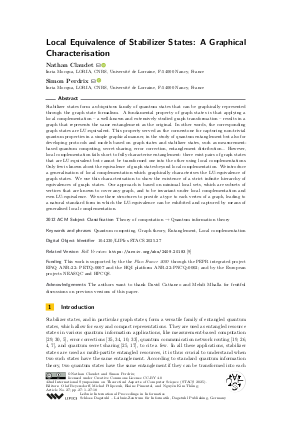LIPIcs.STACS.2025.27.pdf
- Filesize: 0.82 MB
- 18 pages

 Creative Commons Attribution 4.0 International license
Creative Commons Attribution 4.0 International license

Stabilizer states form a ubiquitous family of quantum states that can be graphically represented through the graph state formalism. A fundamental property of graph states is that applying a local complementation - a well-known and extensively studied graph transformation - results in a graph that represents the same entanglement as the original. In other words, the corresponding graph states are LU-equivalent. This property served as the cornerstone for capturing non-trivial quantum properties in a simple graphical manner, in the study of quantum entanglement but also for developing protocols and models based on graph states and stabilizer states, such as measurement-based quantum computing, secret sharing, error correction, entanglement distribution... However, local complementation fails short to fully characterise entanglement: there exist pairs of graph states that are LU-equivalent but cannot be transformed one into the other using local complementations. Only few is known about the equivalence of graph states beyond local complementation. We introduce a generalisation of local complementation which graphically characterises the LU-equivalence of graph states. We use this characterisation to show the existence of a strict infinite hierarchy of equivalences of graph states. Our approach is based on minimal local sets, which are subsets of vertices that are known to cover any graph, and to be invariant under local complementation and even LU-equivalence. We use these structures to provide a type to each vertex of a graph, leading to a natural standard form in which the LU-equivalence can be exhibited and captured by means of generalised local complementation.

Feedback for Dagstuhl Publishing